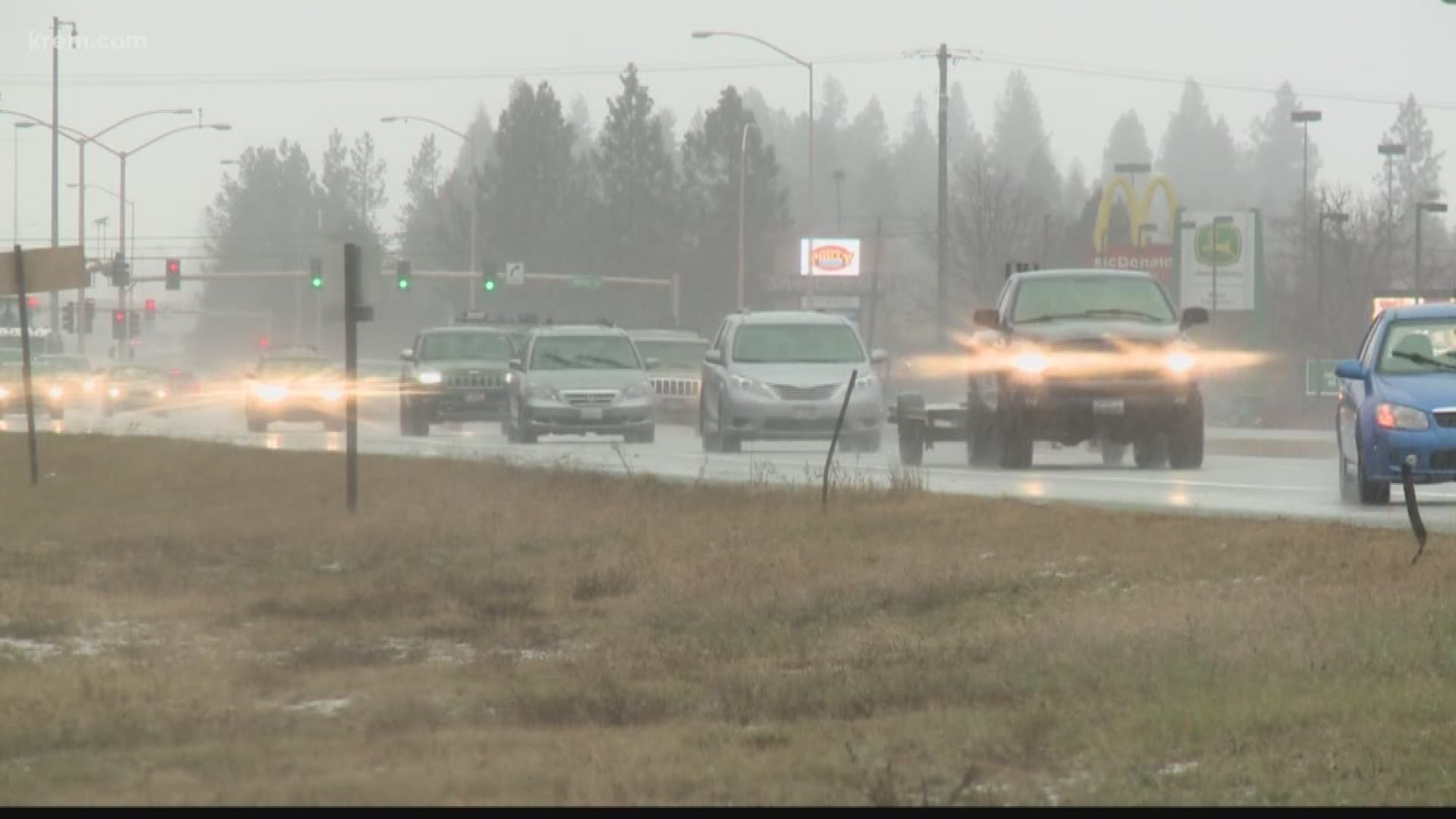A new, interagency facility could potentially be the next step in addressing congestion and traffic woes in Kootenai County. And existing facilities in Spokane and Boise could provide insight.
The Idaho Transportation Department has signed off on a $170,000 study that will examine the possibility of a traffic management center for the Coeur d’Alene area. The center, dubbed “TMC” for short, would potentially control all traffic signals in the area, thus improving traffic flow. A TMC could also assist in coordinating communication and response with area agencies.
The study comes as North Idaho, and Kootenai County in particular, continues to see increases in traffic. At peak times, ITD says around 43,000 vehicles pass through U.S. 95 in both directions in Coeur d’Alene. For highway 41 in Post Falls, there’s a peak of 12,600 vehicles.
"It's crazy busy. I avoid 95 at all costs,” said Guyla Boyle, a barista at Anchored Coffee in Coeur d’Alene.
The coffee drive-thru overlooks the U.S. 95 and Dalton Avenue intersection, which can be prone to some long traffic light waits.
“I always take backroads. Even though Government Way and Ramsey are still so busy,” Boyle said.
The specifics of what could be in store for Kootenai County remain to be seen. At this point, transportation officials are simply examining if a TMC would be beneficial to Kootenai County and what it would look like. Transportation officials have said they’d examine whether a TMC would operate as a standalone facility or in conjunction with existing traffic operations.
The arrival of a TMC would also bring more traffic cameras to the area. ITD has assured drivers that the cameras wouldn’t be used as recording devices.
The study is being managed by the Kootenai Metropolitan Planning Organization, a multi-agency group. KMPO’s executive director, Glenn Miles, told KREM that the group plans to examine TMCs in both Spokane and Boise to gain insight.
Spokane’s TMC, named the Spokane Regional Transportation Management Center, operates out of a room in downtown train station. Staff at the center work at all hours to monitor more than 100 traffic cameras in the Spokane area and coordinate crash responses to assist with traffic and congestion.
“By notifying responders and posting information to the web, 511, and email/text alerts, SRTMC operators help to reduce congestion and collisions,” the group says on its website. “By linking the infrastructure and technology resources of the agency partners who make up the SRTMC, those organizations are better able to support each other through equipment sharing and incident coordination.”
Agencies that make up Spokane’s TMC include the Washington State Department of Transportation, the City of Spokane, Spokane County, and others.
For now, a TMC in North Idaho would potentially be more than a year away. The KMPO study is expected to start in March of 2019 and will last a year.

